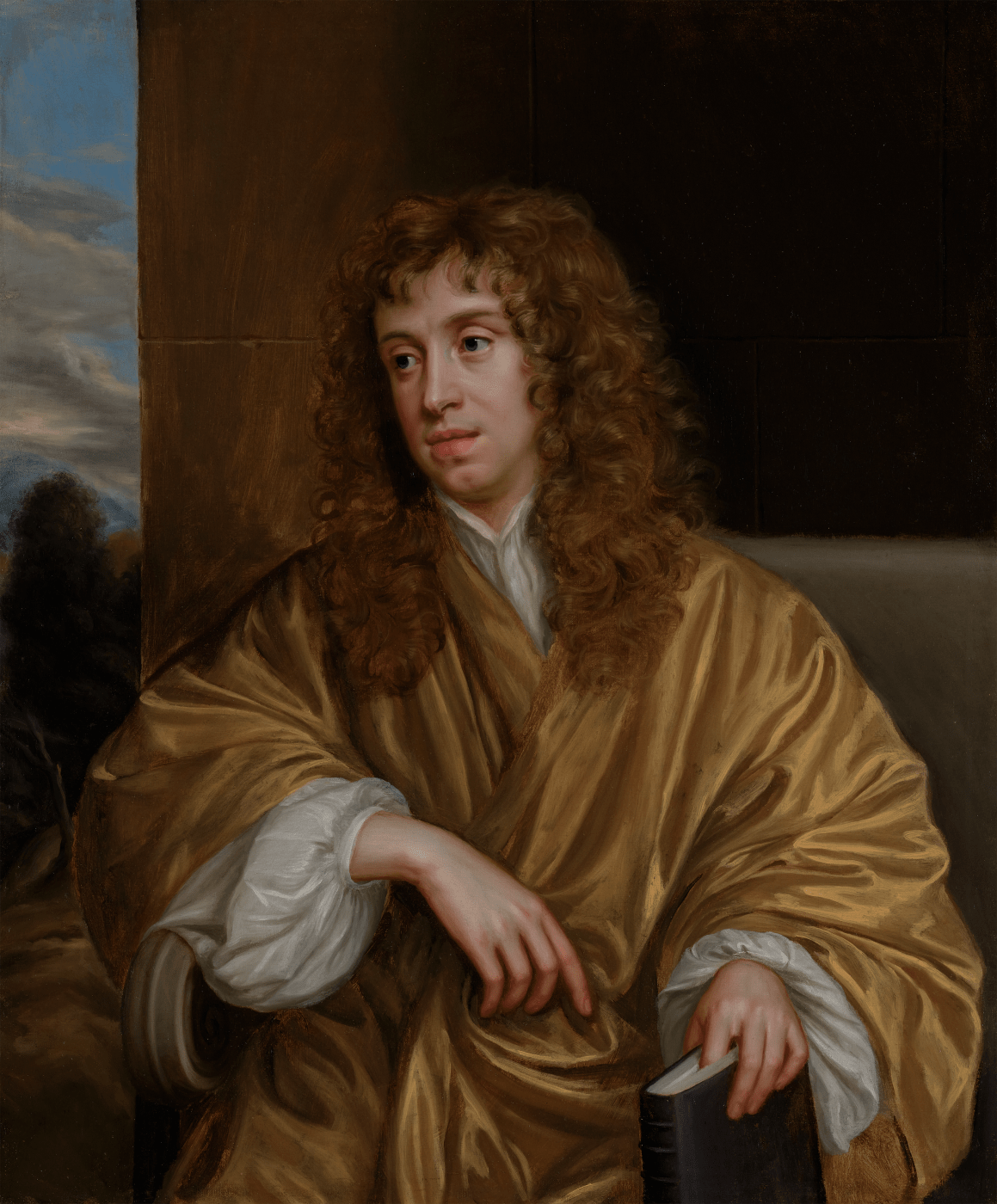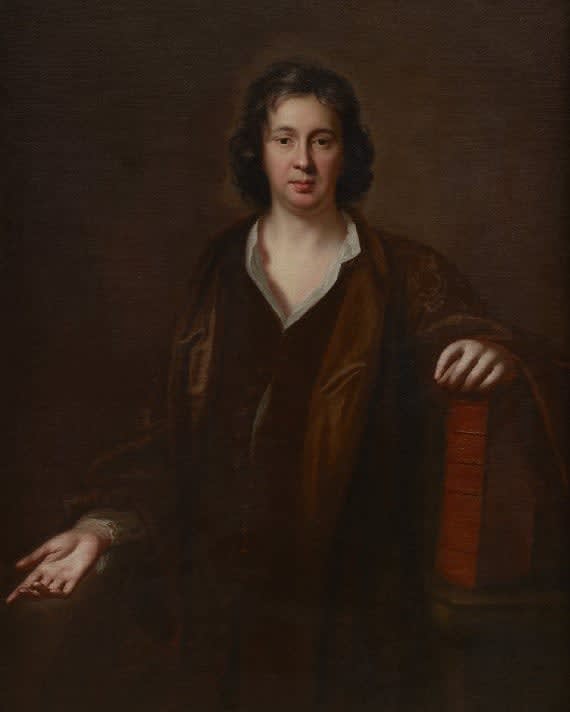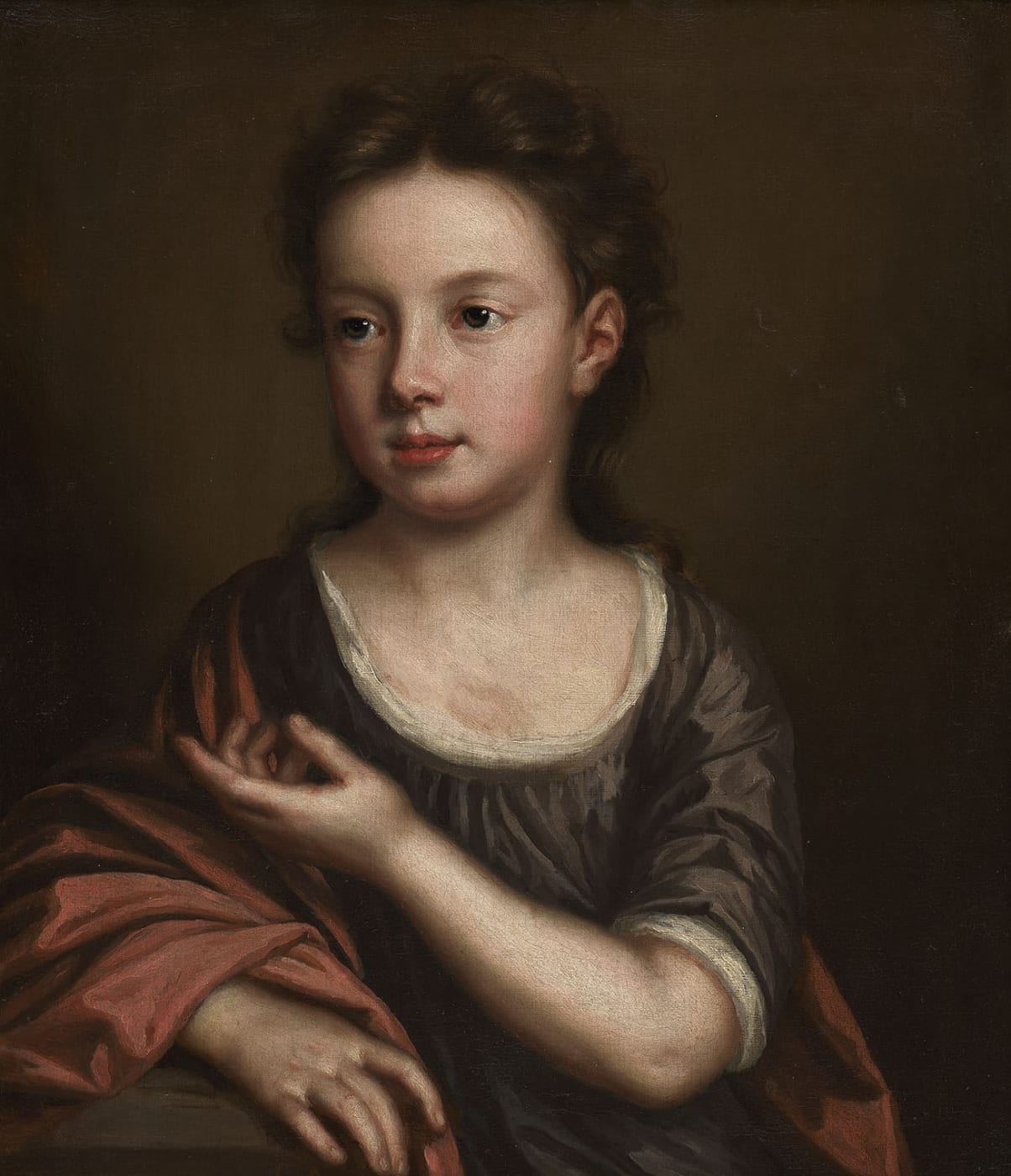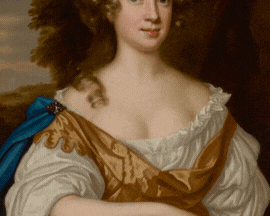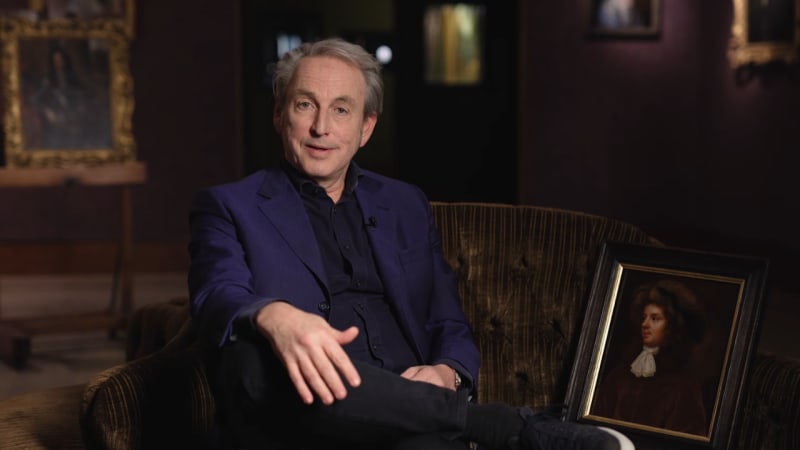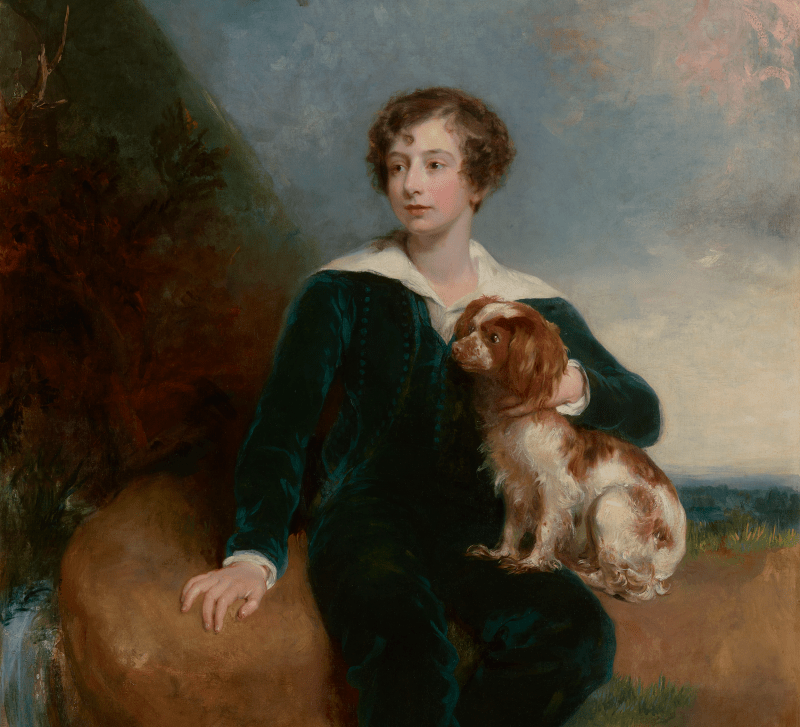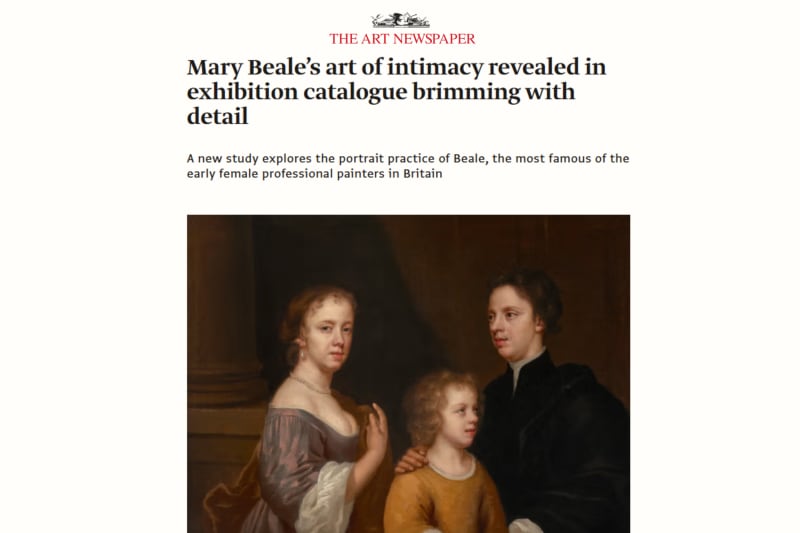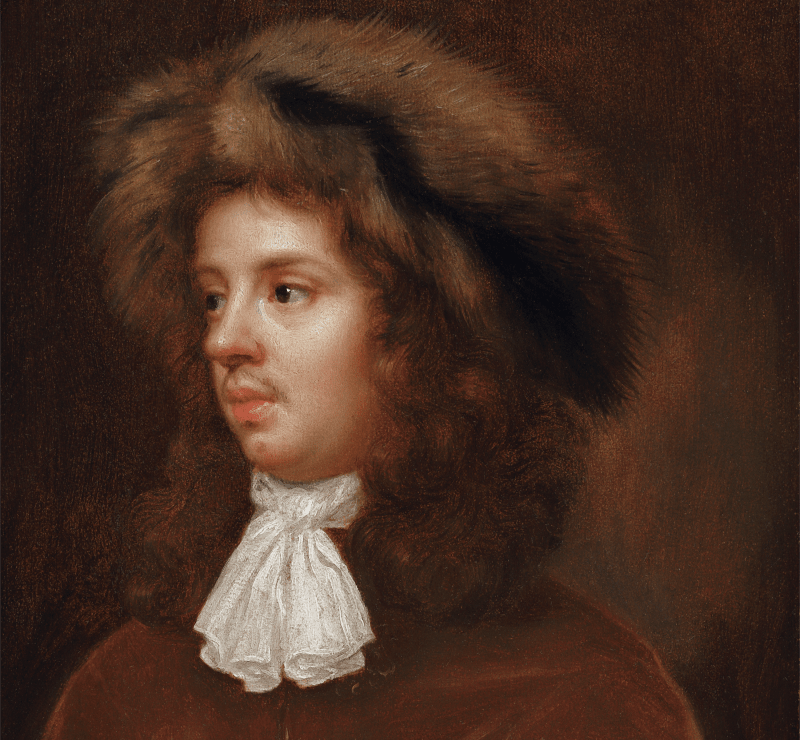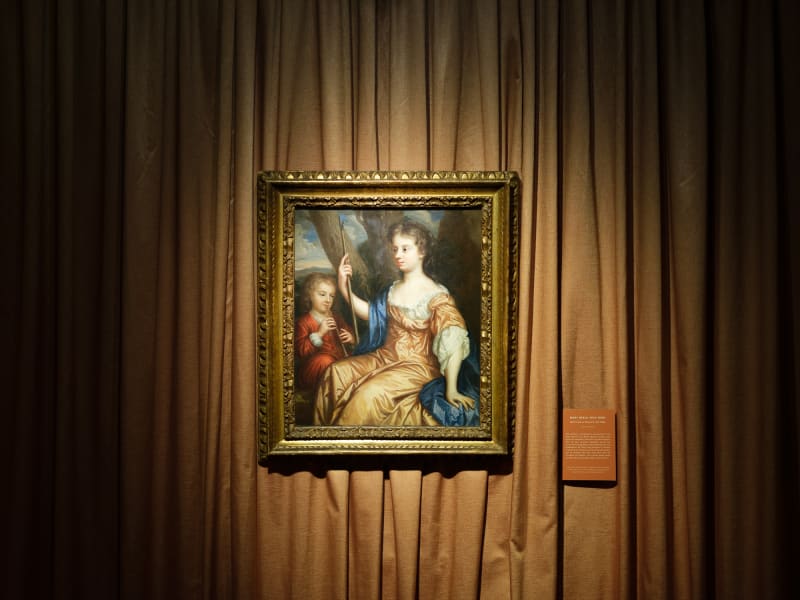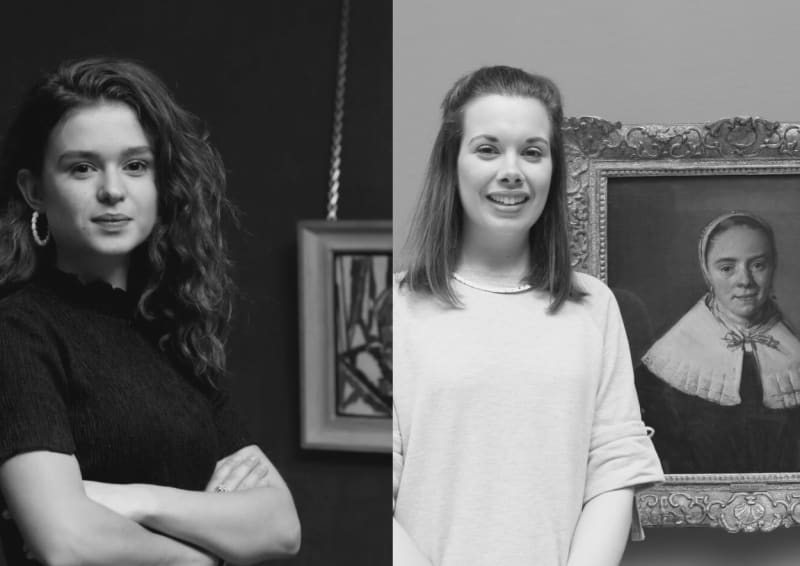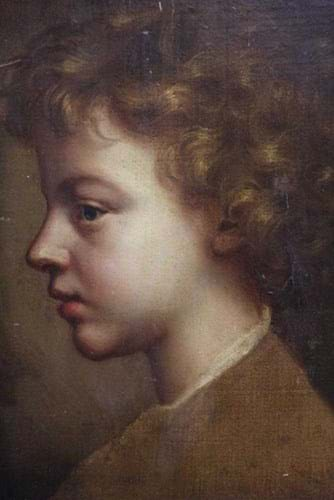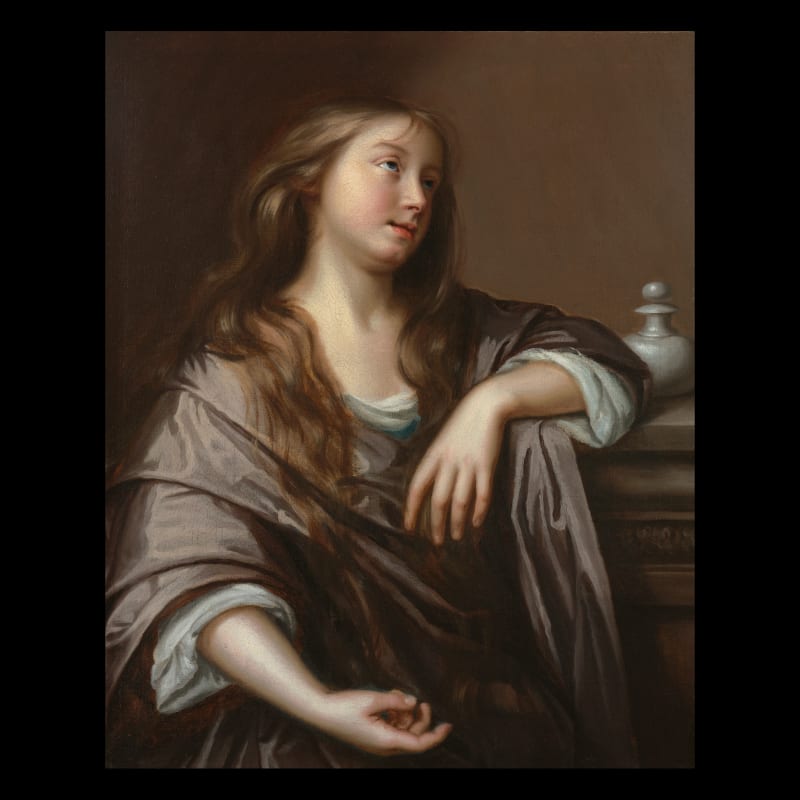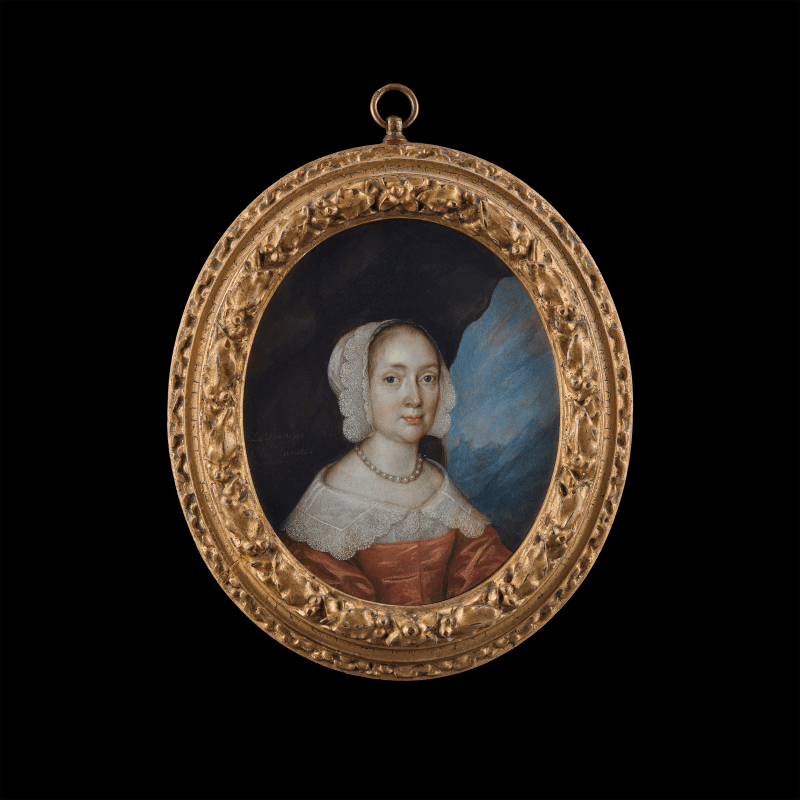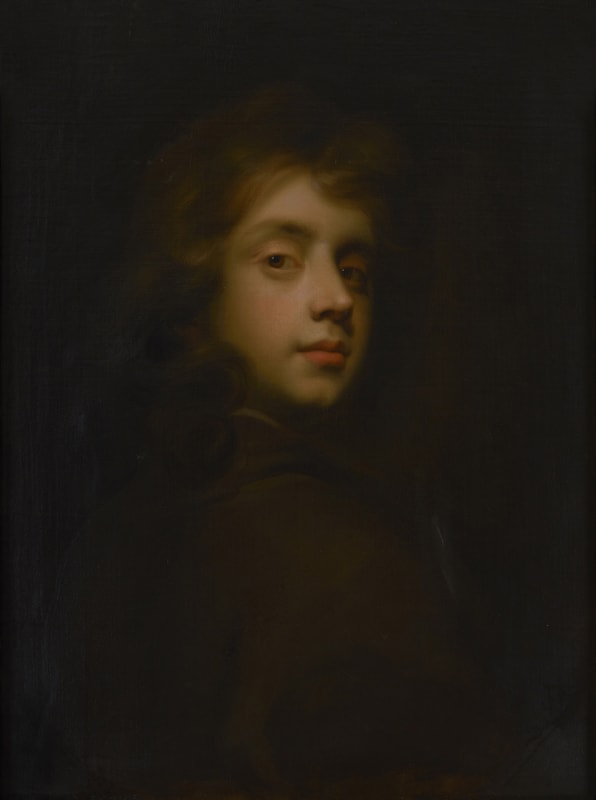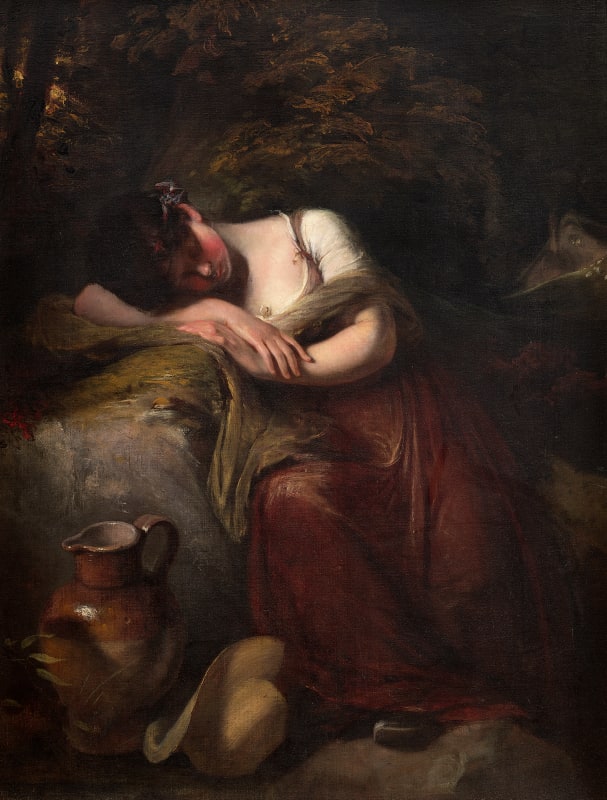Full Biography
Beale was born in 1633, however the precise details of Mary Beale's training remain obscure; her father John Craddock had been a member of the Painter-Stainers' Company and had his portrait painted by Robert Walker in the late 1640s. Walker was then pre-eminent among painters in London, particularly in the puritan circles that included Mary Beale's family and it is, not unreasonably, supposed that Walker was her tutor in painting. In 1651 she married Charles Beale, a member of a prosperous family of Puritan gentry from Walton. Shortly afterwards the painter and her family moved to Covent Garden and began to associate with an erudite circle of artists, intellectuals and clergymen that was to provide the base of her patronage in later years.
Mary Beale's painting remained an amateur interest until 1665, when Charles Beale lost his position at the Patent Office. After a five-year sojourn in the country - to escape the plague - the Beales returned to London and Mary established herself as a professional 'FacePainter' and became the chief supporter of her family. Through the diaries kept by her husband Charles, a former Clerk to the Patents Office, who became her studio assistant and colourman, we know more of her technique and working practice than that of many of her contemporaries, including Sir Peter Lely.
Mary Beale was the most distinguished female portrait painter of the Stuart period and enjoys a particular celebrity among the portraitists of the seventeenth century. This is not solely because she was a woman in a profession dominated by men, rather it was because she competed so successfully with her male colleagues.
Beale was born in 1633, however the precise details of Mary Beale's training remain obscure; her father John Craddock had been a member of the Painter-Stainers' Company and had his portrait painted by Robert Walker in the late 1640s. Walker was then pre-eminent among painters in London, particularly in the puritan circles that included Mary Beale's family and it is, not unreasonably, supposed that Walker was her tutor in painting. In 1651 she married Charles Beale, a member of a prosperous family of Puritan gentry from Walton. Shortly afterwards the painter and her family moved to Covent Garden and began to associate with an erudite circle of artists, intellectuals and clergymen that was to provide the base of her patronage in later years.
Mary Beale's painting remained an amateur interest until 1665, when Charles Beale lost his position at the Patent Office. After a five-year sojourn in the country - to escape the plague - the Beales returned to London and Mary established herself as a professional 'Face-Painter' and became the chief supporter of her family. Through the diaries kept by her husband Charles, a former Clerk to the Patents Office, who became her studio assistant and colourman, we know more of her technique and working practice than that of many of her contemporaries, including Sir Peter Lely.
Beale's strongest artistic supporter was Baroque painter Sir Peter Lely, Charles II's court painter, and their friendship enabled her, famously, to observe the master in the act of painting - a remarkable privilege - in order to study his technique. So similar are their styles, it is known that Beale's work has on occasion been erroneously attributed to Lely. Paintings Beale can be seen above, some of which are for sale, and others are notable portrait sales.
Beale was also a gifted and intelligent writer, completing her 'Discourse on Friendship' [British Library] in 1667, in which she discusses at great length the meaning of the bond of friendship. Mary and her husband believed strongly in the concept of equality between man and wife, as evidenced by Mary's 'Essay on Friendship'. Without such equality, Mary believed, true friendship could not exist; 'This being the perfection of friendship that it supposes its professors equal, laying aside all distance, & so leveling the ground, that neither hath therein the advantage of other.' Mary Beale Died in 1699.
Portraits by Mary Beale have been acquired, researched and sold by Philip Mould & Company for over 35 years. Notable sales include The Pentinent Magdalene c.1672 to the Art Gallery of South Australia, Portrait of Charles Beale c.1680-5 to Tate Britain, Portrait of the Artist's Son c.1660 to the Huntington.
